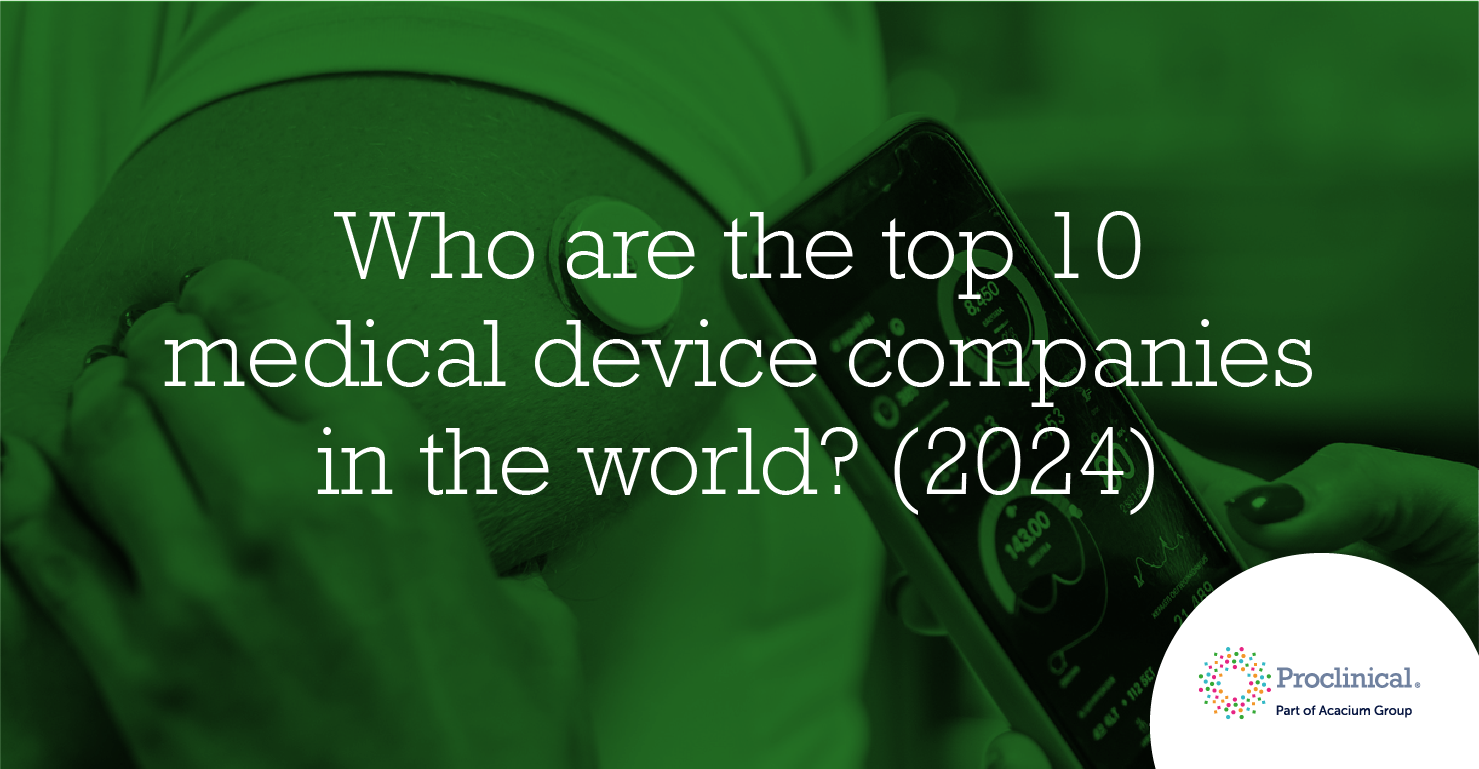.png?v=86ae28f6349034b6308729b45bb1bacd)
The pharmaceutical industry continuously strives to leverage its scientific expertise to provide treatments to improve and save the lives of patients. Developing new medicines is a long, intricate and costly process for pharmaceutical companies all over the globe. As we gain a deeper understanding of complex diseases, discovering and developing new drugs is becoming harder. In late 2019, Jennifer Taubert, executive vice-president at Janssen Pharmaceuticals told the Financial Times “The easy diseases have largely been solved. It gets harder and harder as we go after new treatments for ever more challenging diseases”. As it’s becoming progressively more difficult for pharma companies to deliver cures for their unmet needs of patients, this is pushing the cost of drug development and therefore impacting the price of medicine for consumers.
Understanding of diseases is creating complexity
Breakthroughs in our understanding of genomics has resulted in many new advancements in medicine. By examining illnesses molecule by molecule, medical researchers can better understand the pathways through which cells act according to the dictates of genes and environment, allowing them to see deep into the mechanisms by which diseases cause harm and finding new methods to target. This precision brings complexity and presents the industry with new challenges. This is most apparent in cancer. Cancer was previously identified by cell and tissue type, now they are becoming increasing identified by genotype that reveals which of the array of genes that can make a cell cancerous have gone wrong in this one. As cancer drugs targeted against those different mutations have multiplied, so have the options for oncologists to combine them to fit their patients’ needs.
In the US there are now over 7,000 conditions recognised as rare diseases. It is estimated almost nine of ten of these conditions currently have no approved treatment. These are the diseases that personalised, precision medicine makers mostly look to treat. However, with new precision diagnosis methods there are many conditions which were once thought to be single diseases that are actually sets of similar-looking conditions, meaning they have been created through different mechanisms and therefore require different treatments. In short, this could mean the progress in research could lead to more diseases being discovered and more medicines are needed to treat very specific conditions, increasing demand.
The rising cost of pharmaceutical R&D
With complexity of diseases becoming more apparent, it’s becoming increasingly expensive to develop new treatments. On average top pharma companies spend around 17% of revenues on research and development, making the pharmaceutical industry one of the biggest investors in this area. Apart from the semiconductor industry, no other industry spends more on R&D. This is only set to keep increasing, with a recent report stating R&D costs are expected to grow by 3% each year, reaching over $203 billion by 2024.
The high level of R&D expenditures in the pharmaceutical industry is easy to understand given the cost of developing a new drug and bringing it to market. On average it costs nearly $4 billion to develop a new medicine but this can sometimes exceed $10 billion. Pharmaceutical companies differ from companies in other industries as the medicine research and development process involves great risk. For instance, only one out of every 10,000 discovered compounds actually get marketing authorisation. Much expense is incurred in the early phases of development. Recently, early drug development costs have risen more than those for late-stage drug development, largely owing to the FDA making it harder for drugs to be approved. Meaning pharma companies make a significant investment into a drug before it can be approved by a regulatory body, and if the drug is not approved, the company loses the money. The increasing complexity of advanced medicines and investment into treatments which do not end in success makes R&D more expensive - a factor that is contributing to the rising cost of prescription drugs.
Development is essential
The high cost of drug development is problematic for an industry being pressured to cut costs. It makes it harder to advance new ideas and create new cures. FDA Commissioner Scott Gottlieb suggested “We’re on an unsustainable path, where the cost of drug development is growing enormously, as well as costs of new medicines,” he went on to say “We need to …make the entire process less costly and more efficient. Otherwise we won’t continue to realize the practical benefits of advances in science, in the form of new and better medicines”. So although drug development is expensive, it is essential pharma companies continue to evolve medicine to help improve lives and reduce the incidence of disease and save healthcare costs in the long run.

.png)

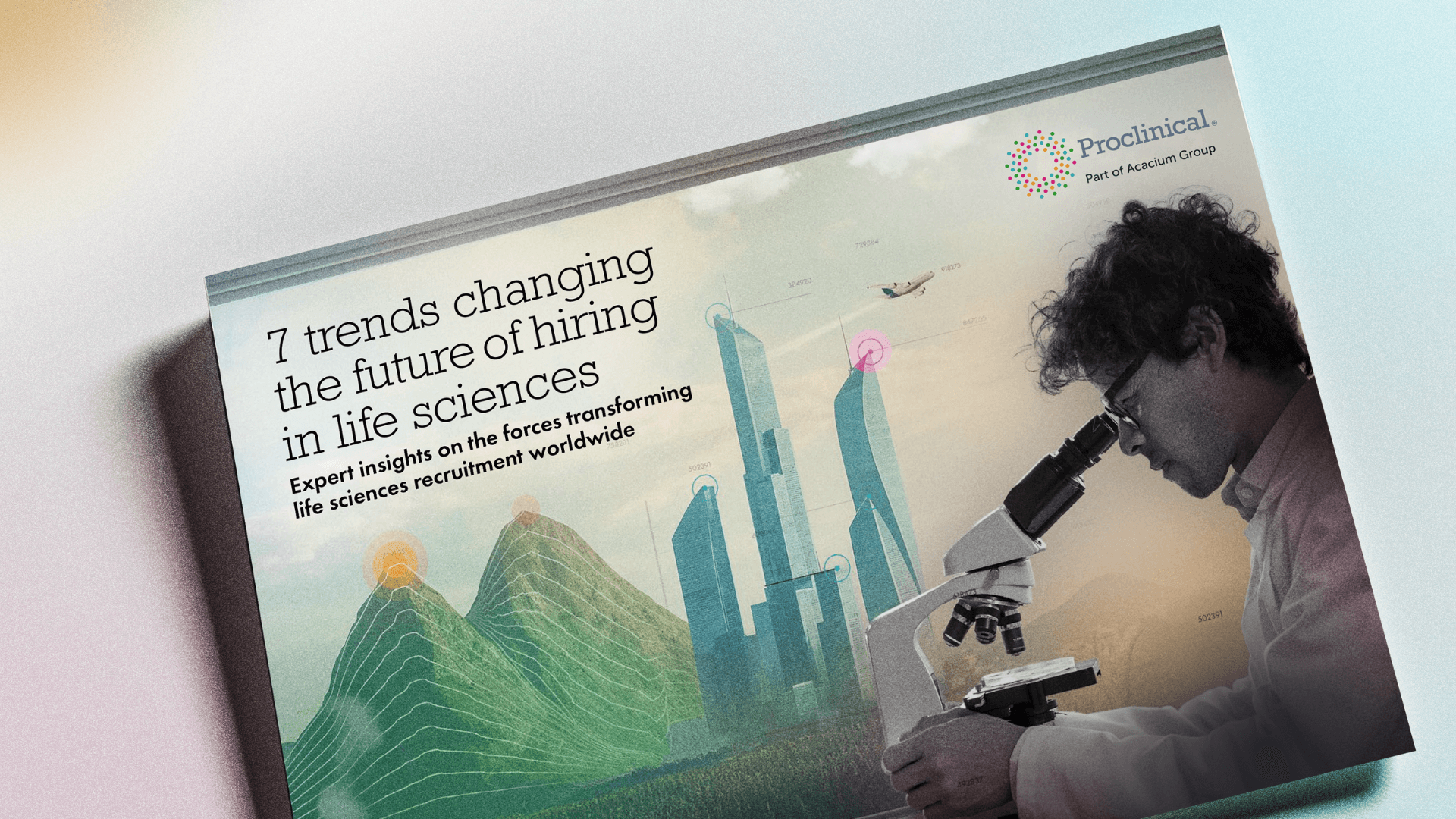



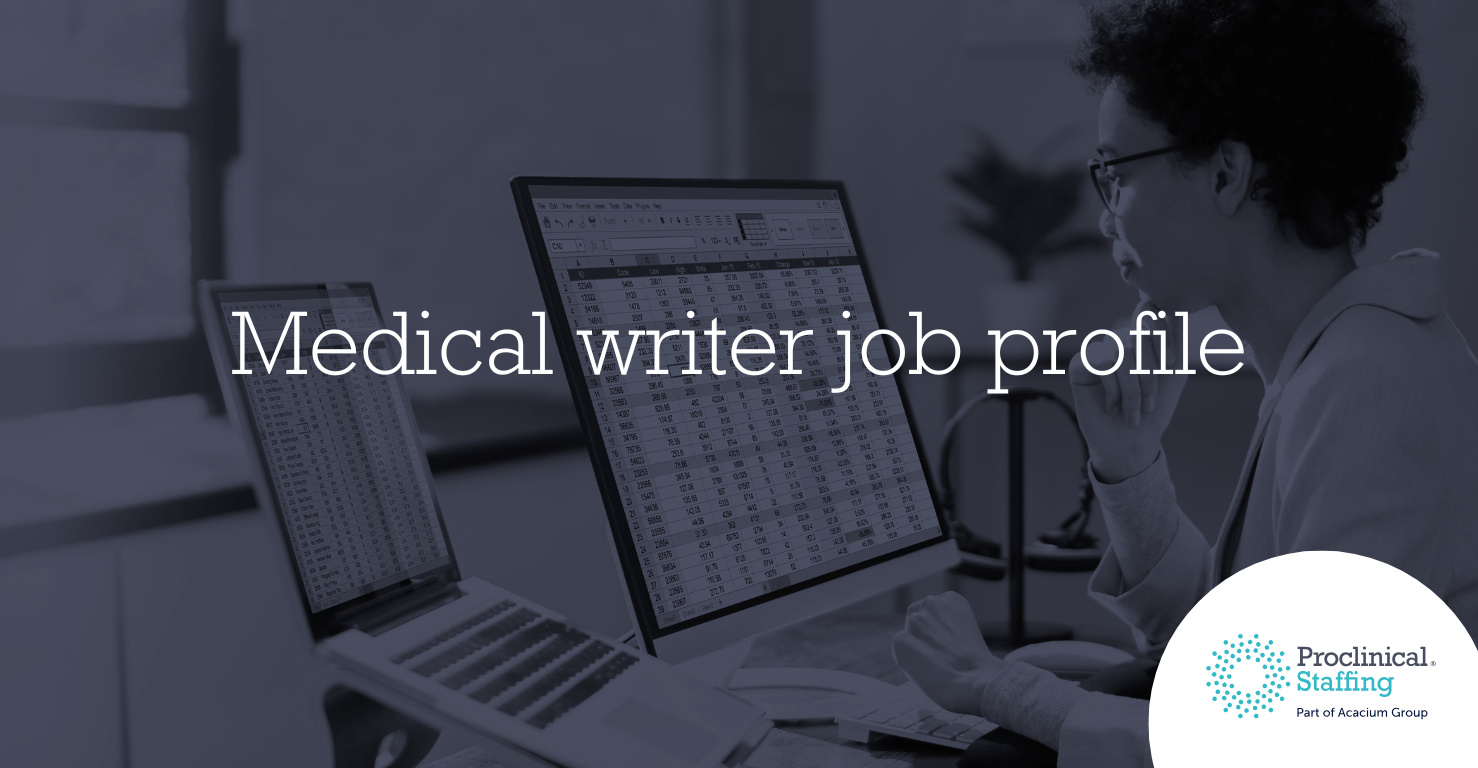.png)

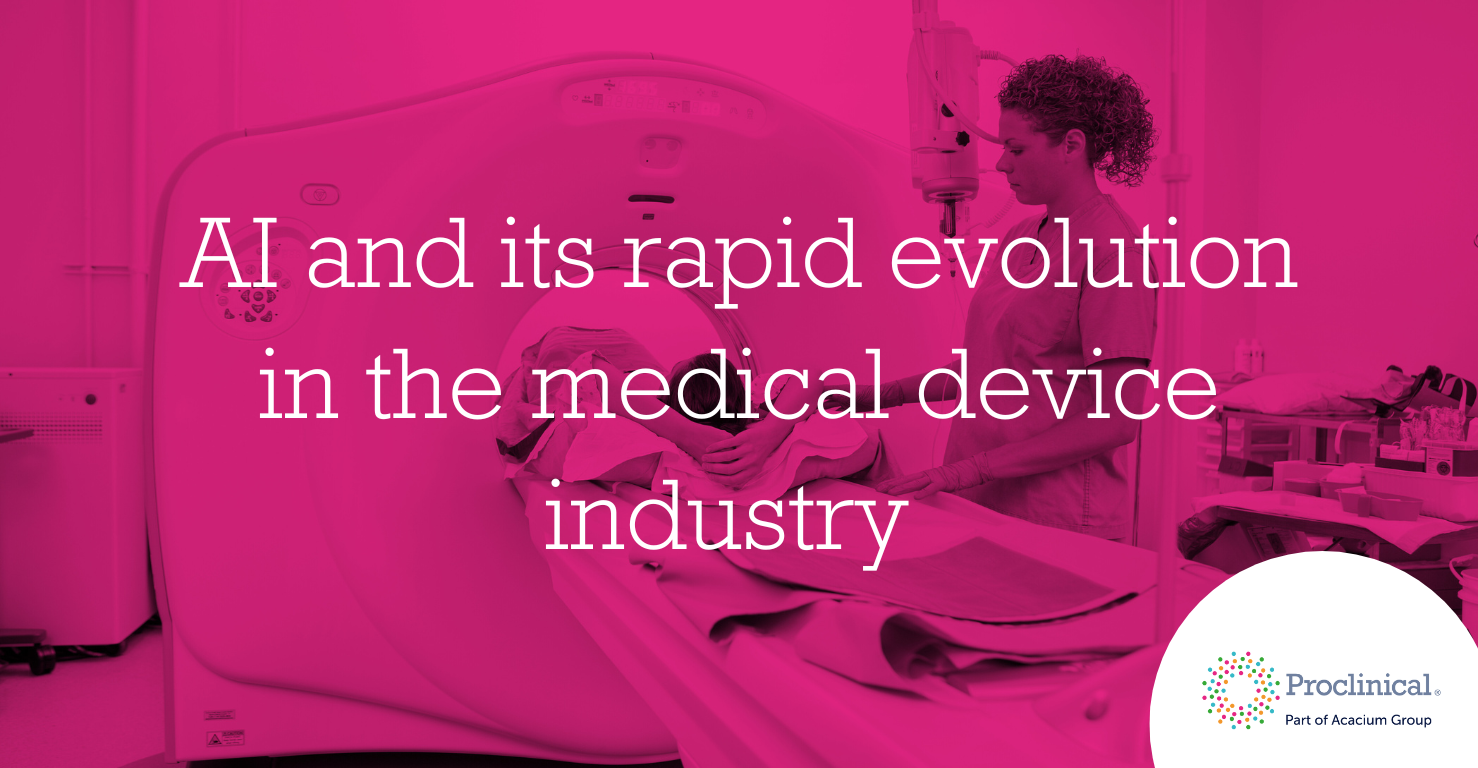.png)
.png)
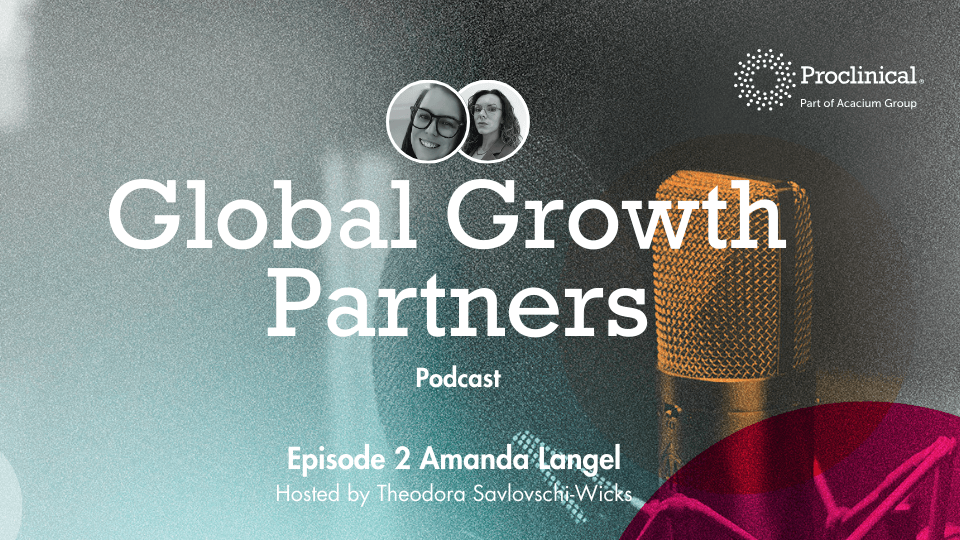
.png)
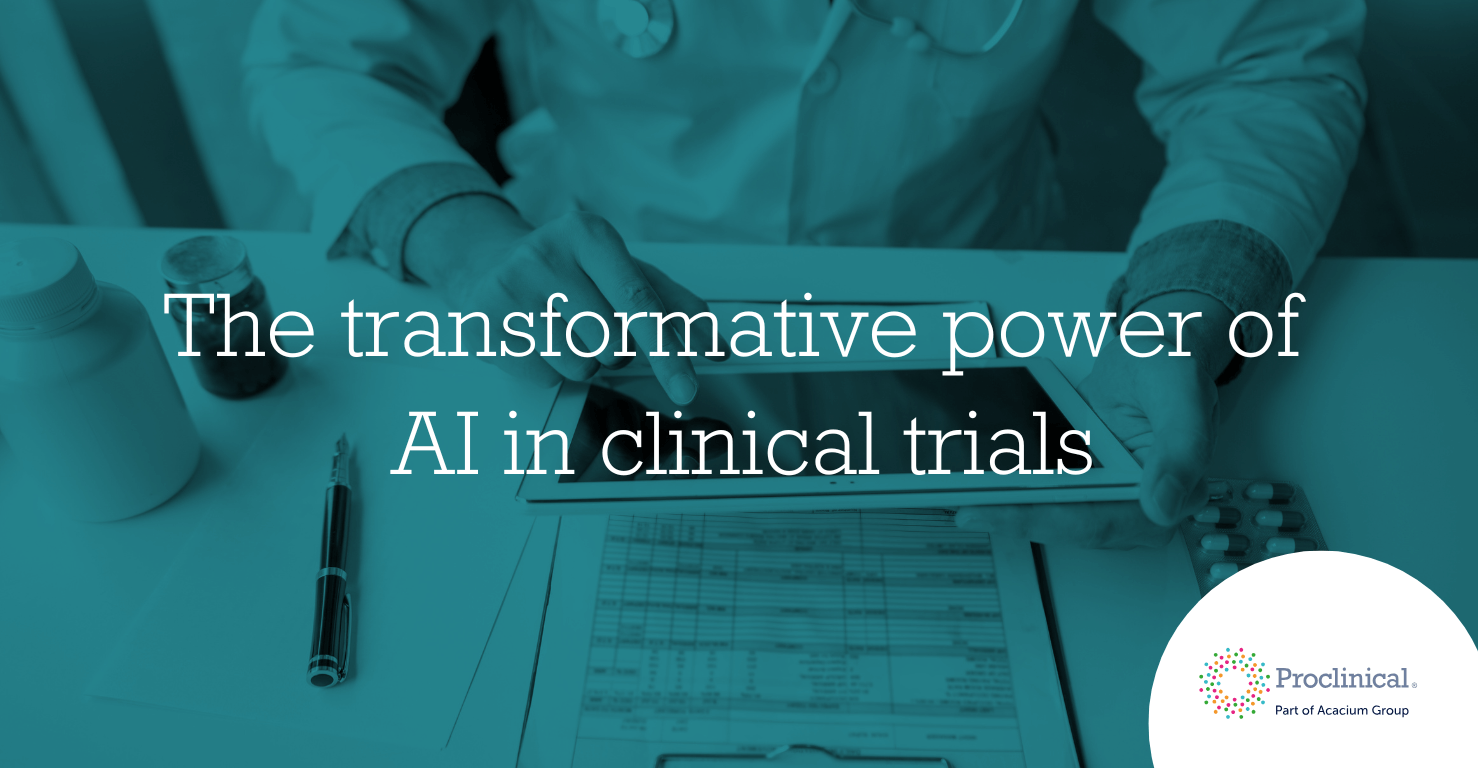.png)
